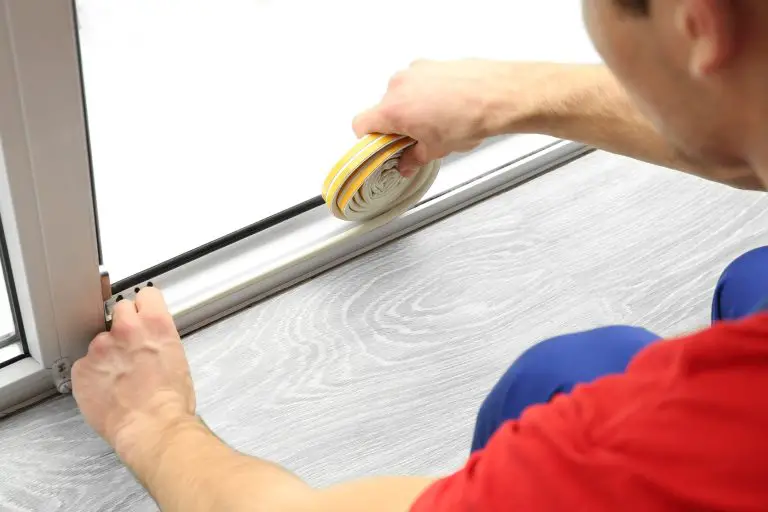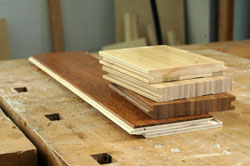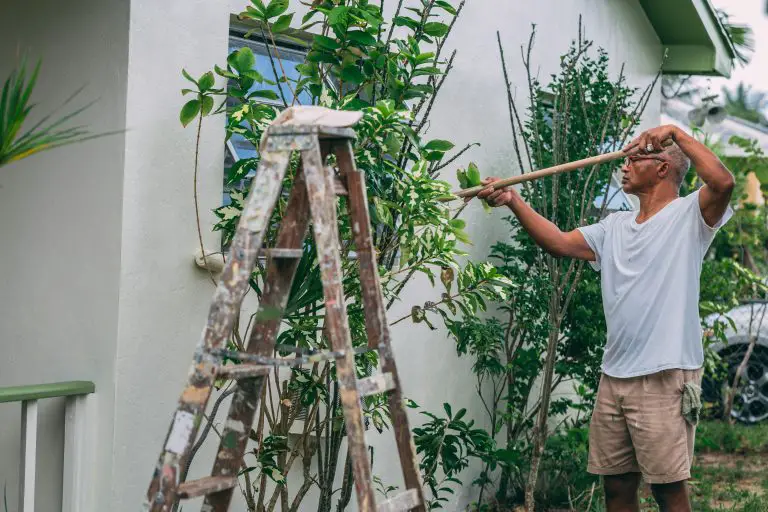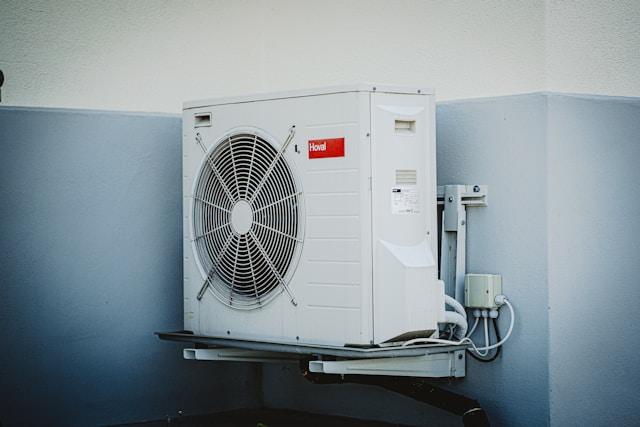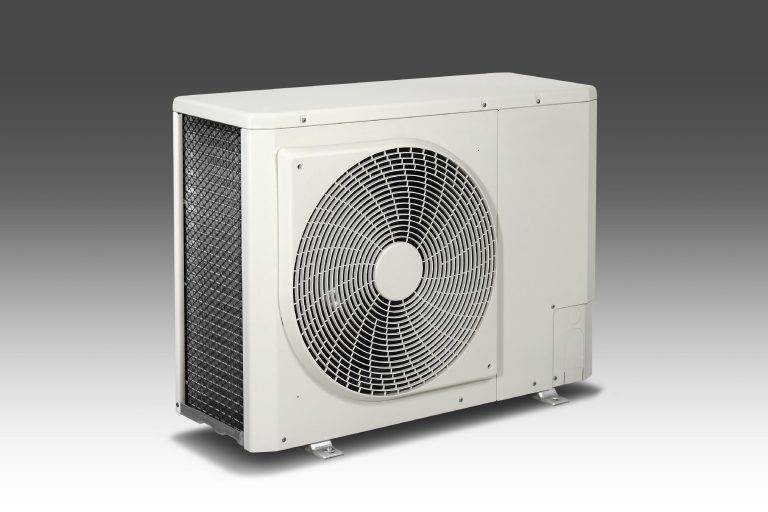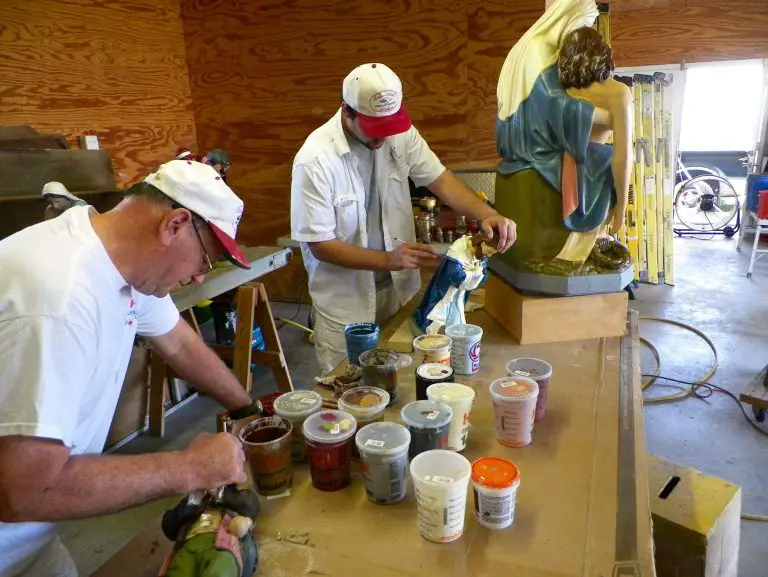Too-dry indoor air is a big problem in some homes in cold climates, especially when those homes are old. Read my answer to a subscriber wondering what can be done.

Q: Why is my house so dry in winter? What can I do about it? Relative humidity levels are usually 22% to 29%. We’re drying up like prunes.
A: The drier your house becomes in winter, the more it indicates outside air leakage into your home. This is why raising relative humidity levels can happen in several ways: either reduce air leakage, add more moisture to the air inside with a humidifier, or both. The main thing to understand is that winter humidity levels in homes is usually about attempting to satisfy two opposing conditions. On the one hand a comfortable relative humidity might be around 60%, but levels of moisture that high would typically trigger excess condensation on windows during cold weather. Satisfying both your windows and your skin usually requires something around 35% to 45% relative humidity.
One more thing . . . it’s not unusual for people with dry homes to run a humidifer yet find that indoor humidity levels don’t rise enough. The cause in all these cases is way too much leakage of outside air indoors. Ultimately, if all the moisture you add wafts outside, no humidifier can keep up.







